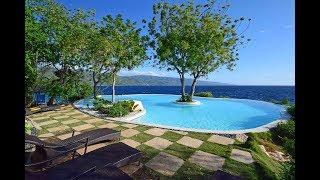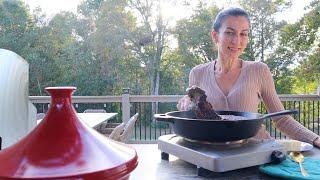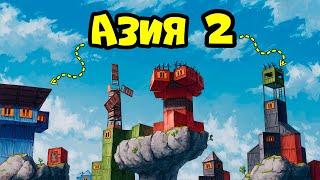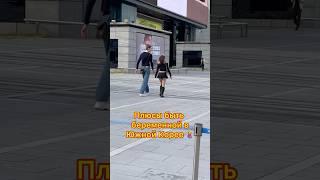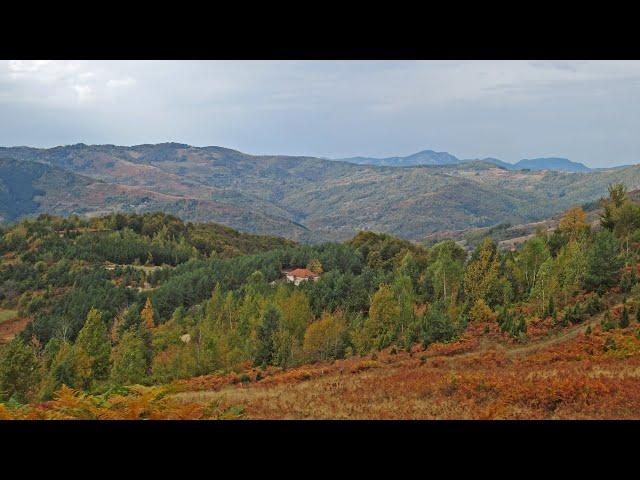
Kraljev grob u Erčegama (King's Grave in Erčege)
Selo Erčege na planini Goliji naseljeno je od iskona. Svoje ime dobilo je po obližnjem utvrđenju na vrhu Gradina čiji drugi naziv glasi Herčege, od nemačke reči "herzog", što znači "vojvoda". Legende govore da je utvrđenje podigao Herceg Stjepan Vukčić-Kosača, ali istorijski podaci to negiraju. Na vrhu Gradina utvrđenje je postojalo još u doba antičkog Rima, a u srednjem veku je na njegovim temeljima sagrađeno novo, u cilju što boljeg osmatranja i zaštite okoline. Od posebnog značaja bio je i put koji je iz oblasti u kojoj se danas nalazi Ivanjica, preko sela Bratljeva i Erčega izbijao na Goliju i vodio dalje prema Sjenici. Po rečima arheologa Dejana Bulića i Srđana Katića ovaj put najverovatnije datira još iz praistorije, a o tome svedoči i mesto zvano Kraljev grob, veliki tumul (grobna humka) koja se nalazi na njegovoj trasi. Kraljev grob udaljen je oko kilometar od centra sela Erčege i danas je u potpunosti obrastao šumom. Sem legendi, ne zna se čije ostatke skriva ova humka. Na Kraljevom grobu danas se očigledno obavljaju neke nesvakidašnje aktivnosti. Selo Erčege, koje je nekada brojalo i više od stotinu domaćinstava danas je gotovo pusto. Nameće se pitanje: Zašto bi neko otišao od mesta u kome je u davna vremena stolovao jedan kralj i smatrao ga dostojnim da na njegovom tlu bude i sahranjen? Mnogi od žitelja napustili su selo u potrazi za boljim životom. Jer život u ovim krajevima oduvek je predstavljao hvatanje u koštac sa strogim i surovim zakonima prirode. Dok je žitelja sve manje, nad Kraljevim grobom smenjuju se godišnja doba, a kralj mirno spava i čeka. Možda na povratak svog, ili dolazak nekog novog naroda koji će, kao i on nekada, odlučiti da baš u Erčegama provede svoj zemaljski vek.
The village of Erčege on Mt. Golija has been inhabited since the dawn of time. It got its name from the nearby fortification on the top of Gradina Peak, whose second name is Herčege, from the German word "herzog", which means "duke". Legends say that the fortress was built by Herceg Stjepan Vukčić-Kosača, but historical data do not confirm this. At the top of Gradina, there was a fortification in the time of ancient Rome, and in the Middle Ages, a new one was built on its foundations, with the aim of better observation and protection of the environment. Of particular importance was the road that lead, from the area where Ivanjica is located today, through the villages of Bratljevo and Erčege, emerged on Mt. Golija and led further towards Sjenica. According to archaeologists Dejan Bulic and Srđan Katić, this road most likely dates back to prehistoric times, and this is evidenced by the place called Kraljev Grob (King's Grave), a large tumulus (burial mound) located on its route. Kraljev Grob is located about a kilometer from the center of the village of Erčege and nowadays is completely overgrown with forest. Apart from legends, it is not known whose remains are buried in this mound. The village of Erčege, which once had more than a hundred households, is now almost deserted. The question arises: Why would someone leave the place where in ancient times a king had dwelled and considered it worthy to be buried on its soil? Many of the inhabitants left the village in search of a better life. Because life in these parts has always meant coping with the strict and cruel laws of nature. While the inhabitants become fewer, the seasons change over the King's grave, and the King sleeps peacefully and waits. Perhaps on the return of his own people, or the arrival of some new people who, like he once did, will decide to spend their earthly life in Erčege.
The village of Erčege on Mt. Golija has been inhabited since the dawn of time. It got its name from the nearby fortification on the top of Gradina Peak, whose second name is Herčege, from the German word "herzog", which means "duke". Legends say that the fortress was built by Herceg Stjepan Vukčić-Kosača, but historical data do not confirm this. At the top of Gradina, there was a fortification in the time of ancient Rome, and in the Middle Ages, a new one was built on its foundations, with the aim of better observation and protection of the environment. Of particular importance was the road that lead, from the area where Ivanjica is located today, through the villages of Bratljevo and Erčege, emerged on Mt. Golija and led further towards Sjenica. According to archaeologists Dejan Bulic and Srđan Katić, this road most likely dates back to prehistoric times, and this is evidenced by the place called Kraljev Grob (King's Grave), a large tumulus (burial mound) located on its route. Kraljev Grob is located about a kilometer from the center of the village of Erčege and nowadays is completely overgrown with forest. Apart from legends, it is not known whose remains are buried in this mound. The village of Erčege, which once had more than a hundred households, is now almost deserted. The question arises: Why would someone leave the place where in ancient times a king had dwelled and considered it worthy to be buried on its soil? Many of the inhabitants left the village in search of a better life. Because life in these parts has always meant coping with the strict and cruel laws of nature. While the inhabitants become fewer, the seasons change over the King's grave, and the King sleeps peacefully and waits. Perhaps on the return of his own people, or the arrival of some new people who, like he once did, will decide to spend their earthly life in Erčege.
Тэги:
#Kraljev_grob #tumul #humka #praistorija #srednji_vek #put #selo #planina #Golija #Erčege #Ivanjica #Srbija #King's_Grave #tumulus #mound #prehistoric #medieval #road #village #mountain #SerbiaКомментарии:
Kraljev grob u Erčegama (King's Grave in Erčege)
Marko Randjic
Murod Xonto'rayevning top 10 daxshatli nokautlari
championatasia
Anatomy 201: Fascial Exercise for Functional Quads and Healthy Knees
art of motion Academy | FAMO Fascia Movement
Мариную Мясо на Шашлык Для Гостей | Необходимые Кухонные Принадлежности | Эгине | Семейный Влог
Heghineh Cooking Show in Russian
Israeli education gets high marks
ILTV Israel News
Birthday Stream Marathon! - Day 6
McQueeb Unedited
Amy Winehouse - Fuck Me Pumps
Amy Winehouse

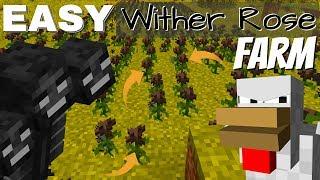



![Adam and Eve Broach an Open Relationship | Make Some Noise [Full Episode] Adam and Eve Broach an Open Relationship | Make Some Noise [Full Episode]](https://rtube.cc/img/upload/MHY5bXJIRUhCWFc.jpg)
